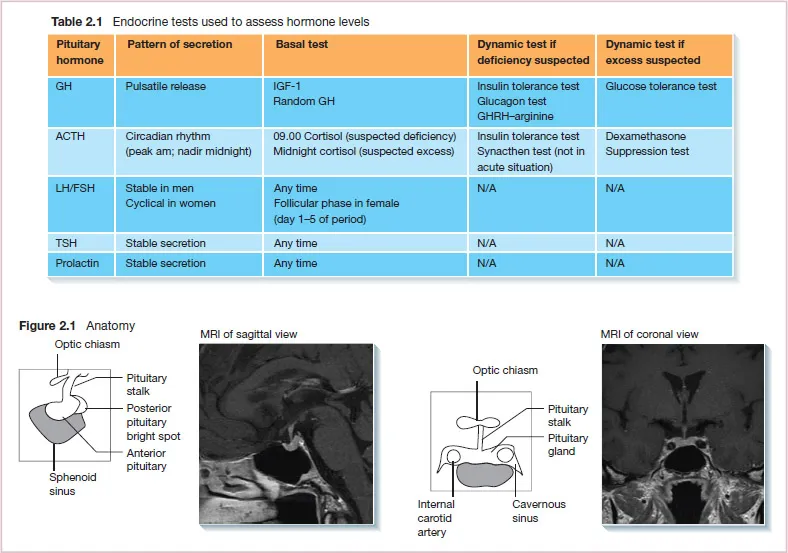
- English
- ePUB (mobile friendly)
- Available on iOS & Android
Clinical Endocrinology and Diabetes at a Glance
About this book
The market?leading at a Glance series is popular among healthcare students, and newly qualified practitioners for its concise and simple approach and excellent illustrations.
Each bite?sized chapter is covered in a double?page spread with clear, easy?to?follow diagrams, supported by succinct explanatory text.
Covering a wide range of topics, books in the at a Glance series are ideal as introductory texts for teaching, learning and revision, and are useful throughout university and beyond.
Everything you need to know about Clinical Endocrinology and Diabetes… at a Glance!
Recognizing a need to promote and enhance teaching of clinical endocrinology and diabetes in UK medical schools, the Society for Endocrinology, in collaboration with Diabetes UK and the Association of British Clinical Diabetologists, created a national curriculum that sets out the minimum recommended standards for undergraduate medical education.
Clinical Endocrinology and Diabetes at a Glance corresponds to the curriculum and covers all important areas of diabetes and endocrinology in a clinically relevant and concise manner, with complementary figures to ensure principles are explained clearly. It highlights key practical skills for undergraduates in line with the GMC recommendations that medical graduates should be well prepared for in their Foundation posts. There is also emphasis on the importance of multidisciplinary teams in the management of endocrine diseases and diabetes. These include sections on structured education programmes, psychosocial aspects, and patient self-management and monitoring.
Clinical Endocrinology and Diabetes at a Glance will serve as a valuable resource for medical students and junior doctors treating patients with these conditions
Frequently asked questions
- Essential is ideal for learners and professionals who enjoy exploring a wide range of subjects. Access the Essential Library with 800,000+ trusted titles and best-sellers across business, personal growth, and the humanities. Includes unlimited reading time and Standard Read Aloud voice.
- Complete: Perfect for advanced learners and researchers needing full, unrestricted access. Unlock 1.4M+ books across hundreds of subjects, including academic and specialized titles. The Complete Plan also includes advanced features like Premium Read Aloud and Research Assistant.
Please note we cannot support devices running on iOS 13 and Android 7 or earlier. Learn more about using the app.
Information
Part 1
Introduction
Chapter
- 1 Introduction to endocrinology
1
Introduction to endocrinology

Synthesis, release and transport
Mechanisms of hormone action
Cell-surface receptors
Intranuclear receptors
Control and feedback
Patterns of hormone secretion
Measurement of hormones
Dynamic endocrine tests
Part 2
Disorders of the hypothalamic–pituitary axis
Chapters
- 2 The hypothalamic–pituitary axis and its assessment
- 3 Acromegaly
- 4 Cushing’s syndrome
- 5 Hypopituitarism and non-functioning pituitary adenomas
- 6 Prolactinoma and hyperprolactinaemia
2
The hypothalamic–pituitary axis and its assessment

Physiology
Table of contents
- Cover
- QR Code
- Title Page
- Copyright
- Preface
- Part 1: Introduction
- Part 2: Disorders of the hypothalamic–pituitary axis
- Part 3: Disorders of thirst and fluid balance
- Part 4: Thyroid disorders
- Part 5: Disorders of calcium homeostasis
- Part 6: Disorders of the adrenal gland
- Part 7: Disorders of the reproductive system
- Part 8: Neuroendocrine tumours
- Part 9: Endocrine emergencies
- Part 10: Diabetes mellitus
- Index
- EULA